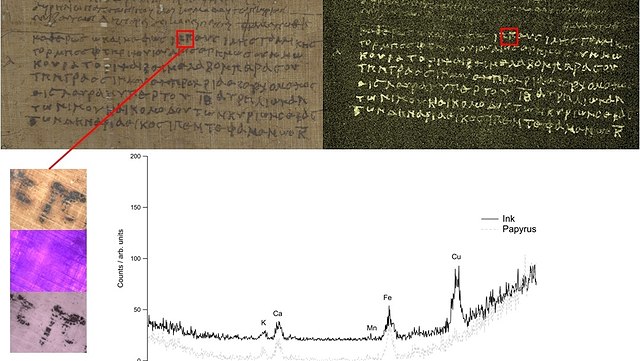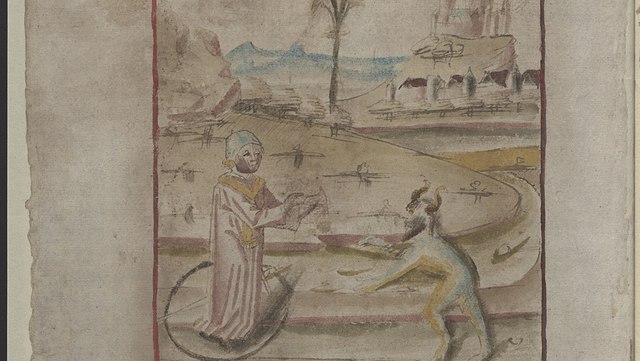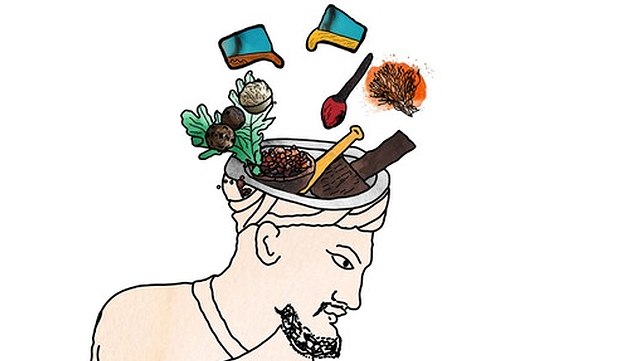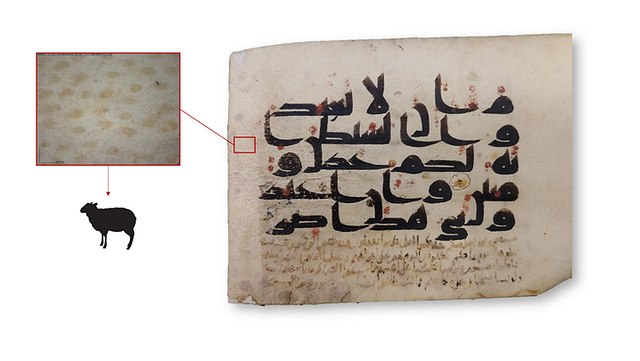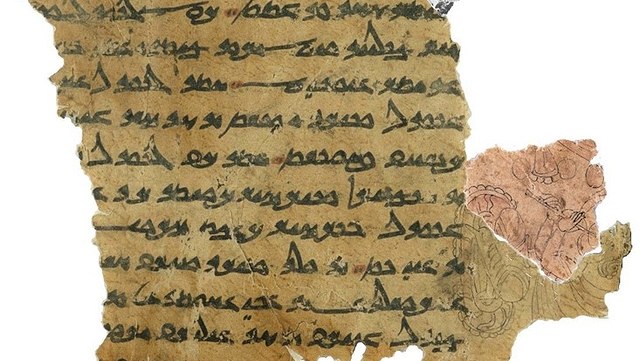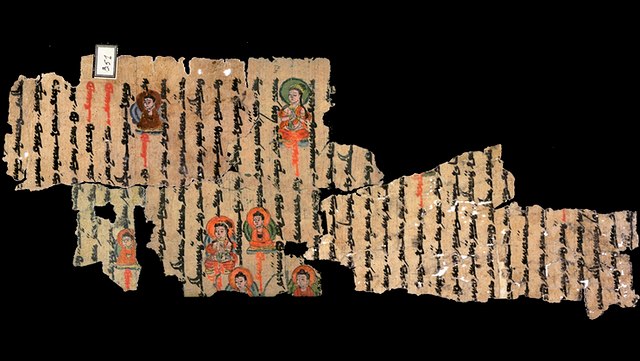Selecting Materials
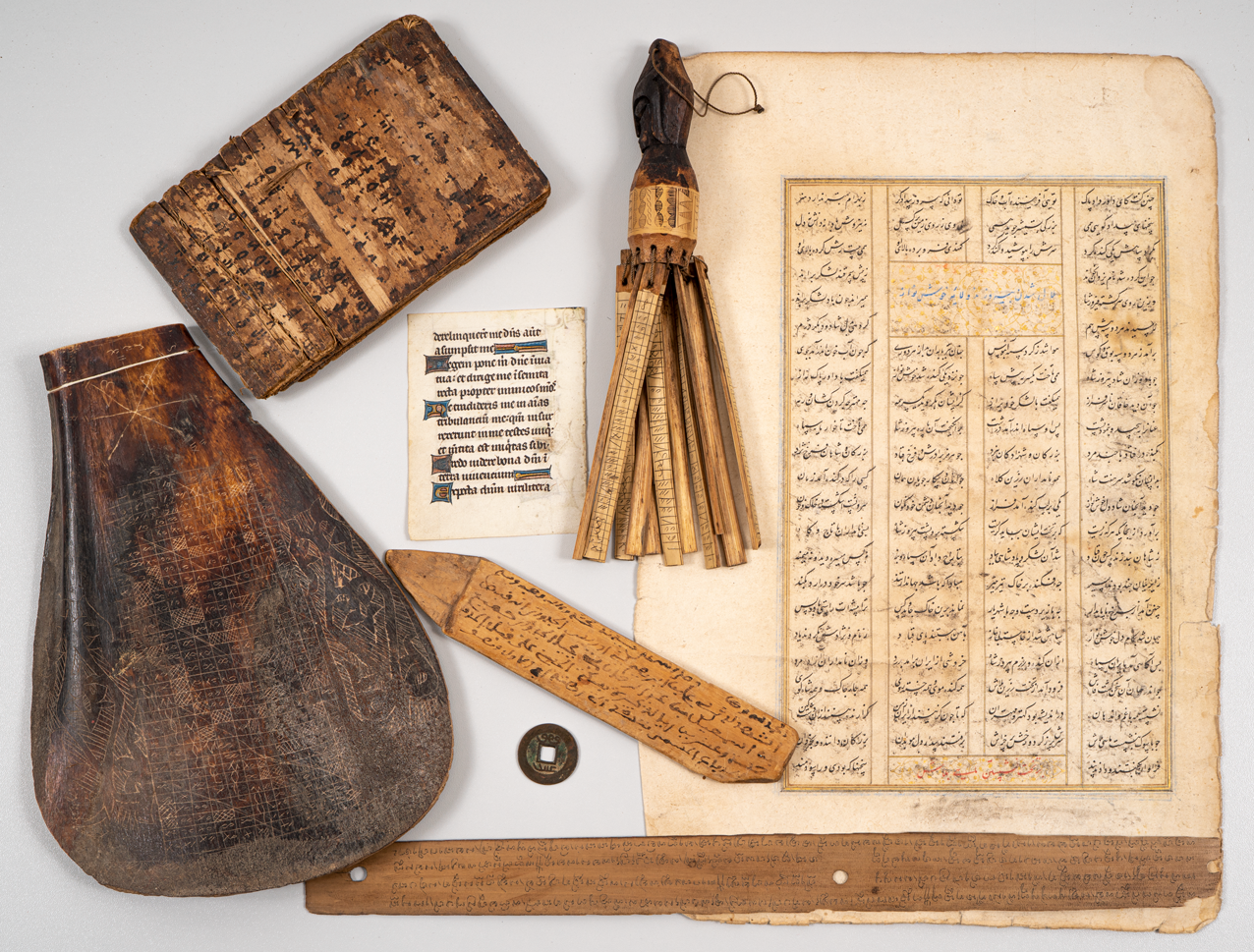
Research Field K
Various materials have been employed to produce written artefacts. The selection of these materials is not accidental but depends on several factors: the availability and costs of certain products, their quality and durability, but also the meaning and value that specific materials had for writers and patrons, and the traditions and norms of their society. These choices define written artefacts and at the same time affect their circulation, accessibility, and preservation.
‘Selecting Materials’ (Research Field K) comprised researchers from various disciplines, both from the humanities and the natural sciences, bringing together a multitude of perspectives and aimed at comparatively investigating the options and choices involved in the selection of materials for creating written artefacts. Combining in-depth material, philological, and historical analysis on a set of case studies from different cultural contexts and periods, the group sought to determine the materials that were chosen to be used, to identify potential underlying patterns in these choices, and to understand the reasons behind them, as well as the consequences they had for the preservation and circulation of the artefact.
The group met monthly organising thematic sessions, including a study day, with presentations given by internal members and external guests (Dario Internullo, Theresa Zammit Lupi, Stephan Seifert) on various case studies, highlighting the multidisciplinary vocation of the research field.
RFK also participated in joint events with other Research fields (‘Inscribing Spaces’, ‘Exploring Multilingual Artefacts’) and co-organised the workshop ‘Facing new materials: changes of writing substances, implements and supports in manuscript cultures’ with the ‘Facing New Technologies’ working group.
The synergy created through these coordinated activities and cross-group collaborations culminated in the publication of the CSMC Occasional Paper No. 10, providing the methodological framework for our approach (Towards the Investigation of Material Choices in Written Artefacts: Methodological Reflections) and laid the foundations for the development of the Concept and Method Unit ‘Material choices’ (CMU1) in the second funding phase of the cluster.
Members of RFK also contributed significantly to the conceptualisation and compilation of the Written Artefacts Profiling Guide.
Spokespersons: Olivier Bonnerot and Claudia Colini
Events in cooperation with other Working Groups
- participation in the workshop ‘Colors in Inscriptions’ organised by RFB (2022)
- participation in the RFH session on Multilingual Written Artefacts (2023)
- co-organisation with FNT of the workshop ‘Facing New Materials: Changes of Writing Substances, Implements and Supports in Manuscript Cultures’ (2024)
Other events with external guests
- Study Day with invited talk given by Dario Internullo (‘Papyrus in the middle ages: insights, approaches, perspectives (5th–11th century)’) (2024)
- Talk given by Theresa Zammit Lupi and roundtable on the material investigations of the Graz cartonnage a.k.a ‘Mummy book’ with the members of the Mobile Lab involved in the analyses (2025) (TV Documentary Shows Investigations into the ‘Mummy Book’)


